5 May,
Yangshuo
Mi Lou Hostel 180CNY
We spent
our morning in a Chinese landscape painting*. From a boat on the Li river, and
from a small village tucked between karst outcrops, we tried to imbibe the astonishing
beauty around us...
geotimes.org:
“Guilin’s most renowned feature is its dramatic karst terrain. Rising sharply
at odd angles, limestone peaks look like giant teeth growing out of the green
plain ... more than 5,180 square kilometers of karst landscape is the result of
a perfect alchemy of geological conditions ... The specific conditions for
forming the magnificent topography of Guilin “are fourfold,” according to Ray
Beiersdorfer ... “First, you need hard, compact carbonate rock. In Guilin, it’s
Devonian limestone. Secondly, you need strong uplift, in this case provided by
the collision of India with Asia to form the Himalaya. Third, you need a
Monsoon climate of high moisture during the warmest season. Finally, the area
must not have been scoured by glaciers, which this region wasn’t ... Two types
of karst landscapes predominate in Guilin: fenglin or peak forest (isolated
towers) and fengcong or peak cluster (linked-base towers) ... Beiersdorfer
described this landscape, which he saw during a recent visit to China: “China
in general and the Guilin area specifically boasts some of the most spectacular
karst topography in the world.”
* britishmueum.org:
“Landscape painting is traditionally at the top of the hierarchy of Chinese
painting styles. It is very popular and is associated with refined scholarly
taste. The Chinese term for 'landscape' is made up of two characters meaning
'mountains and water'. It is linked with the philosophy of Daoism, which
emphasizes harmony with the natural world. Chinese artists do not usually paint
real places but imaginary, idealized landscapes. The Chinese phrase woyou
expresses this idea of 'wandering while lying down'. In China, mountains are
associated with religion because they reach up towards the heavens. People
therefore believe that looking at paintings of mountains is good for the soul. Chinese
painting in general is seen as an extension of calligraphy and uses the same
brushstrokes. The colours are restrained and subtle and the paintings are
usually created in ink on paper, with a small amount of watercolour. They are
not framed or glazed but mounted on silk in different formats such as hanging
scrolls, handscrolls, album leaves and fan paintings.”
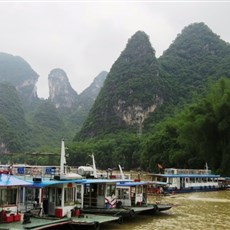
Karst on Li River

Karst on Li River
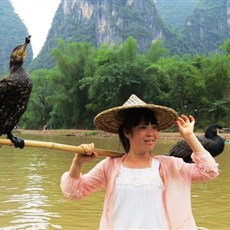
Karst on Li River

Karst on Li River

Karst on Li River
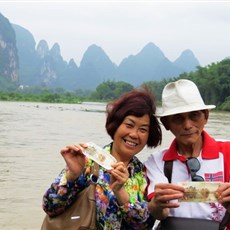
Karst on Li River
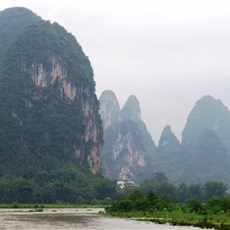
Karst on Li River

Karst on Li River

Karst on Li River
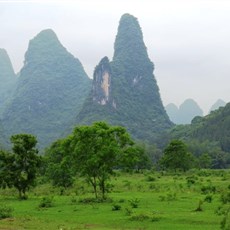
Karst on Li River
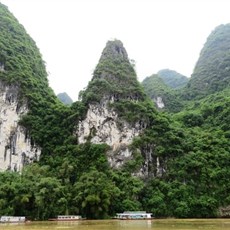
Karst on Li River
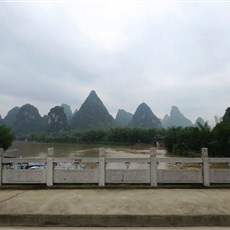
En route Yangshuo
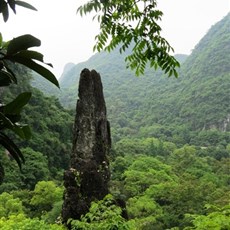
Yangshuo
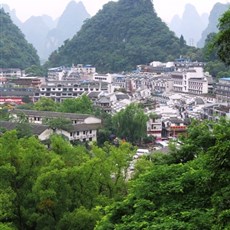
Yangshuo

Yangshuo